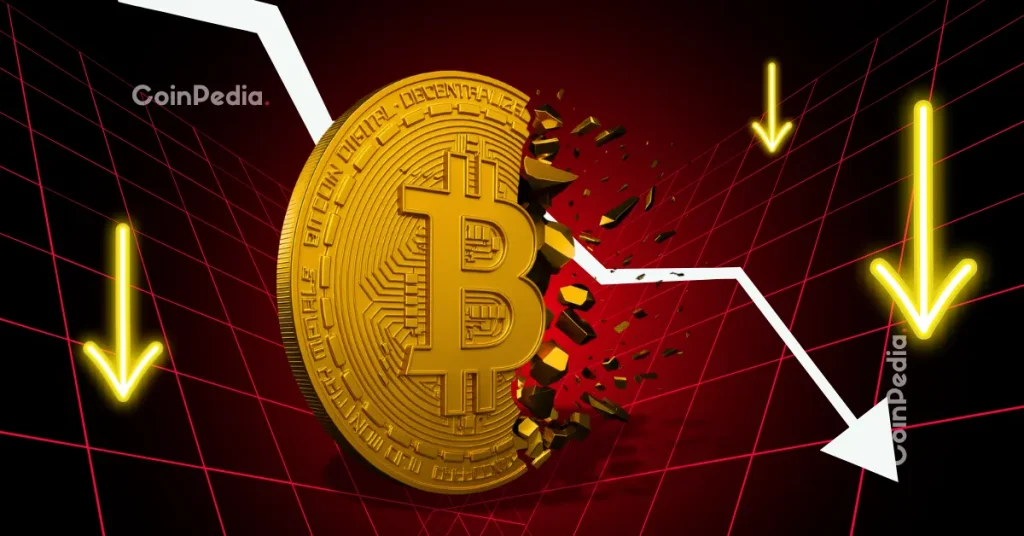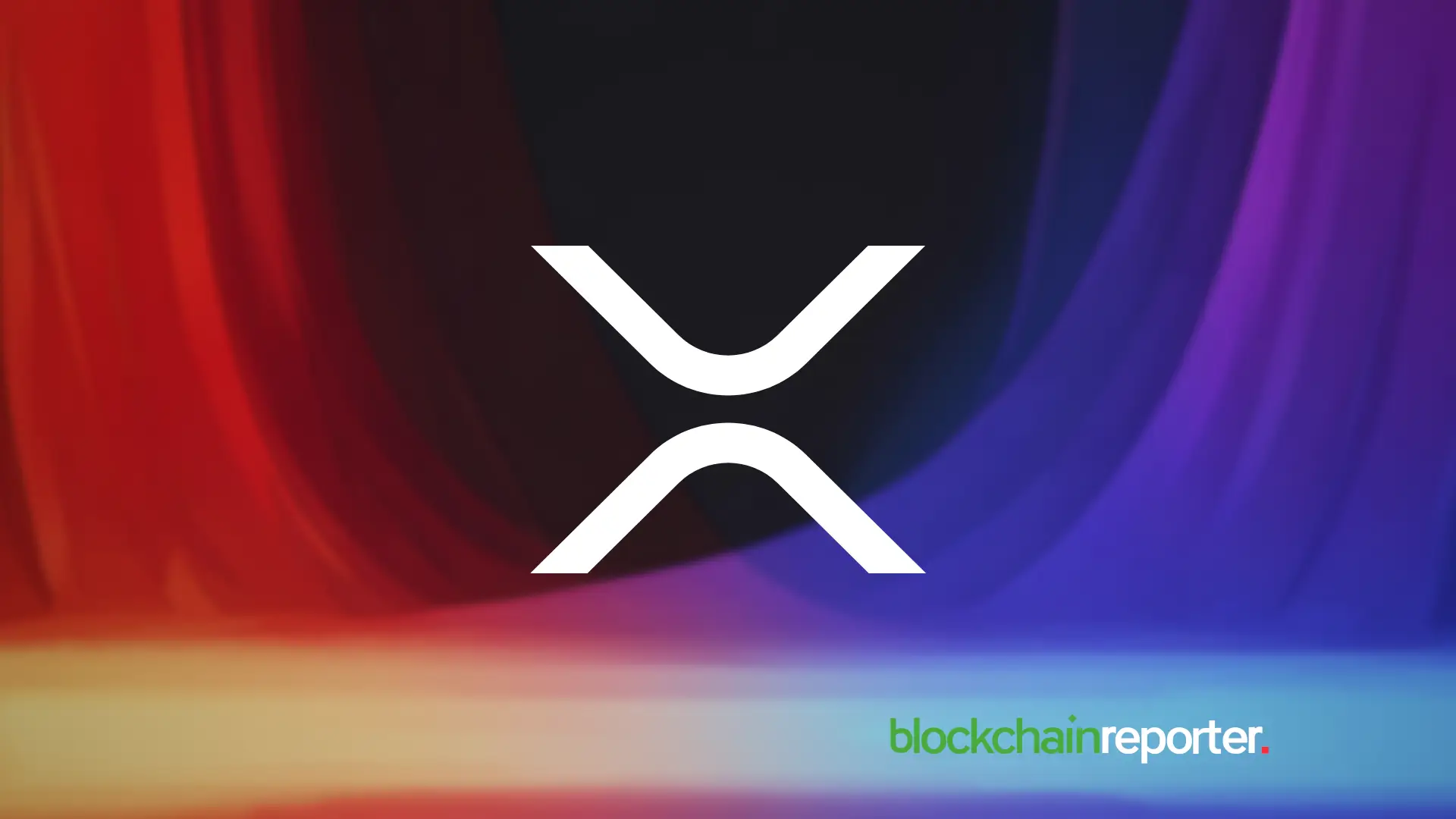Crypto Market Crash: Why Bitcoin and Altcoins are Dropping Today?

The post Crypto Market Crash: Why Bitcoin and Altcoins are Dropping Today? appeared first on Coinpedia Fintech News
The crypto market is deep in correction mode, with the global market cap falling to a six-month low near $3.27 trillion. Both Bitcoin and Ethereum have retreated sharply, dropping 23% and 36% from their all-time highs. Sentiment has turned fearful across the market, with the Crypto Fear & Greed Index plunging to 15, reflecting rising anxiety among traders.
Bitcoin has now fallen back to levels last seen in June 2025, marking one of its toughest Novembers in recent years as the price slid from its October peak to the mid-$90,000 range.
Why Bitcoin Is Falling
Popular online theories about whales moving coins, governments dumping Bitcoin, or critics like Paul Krugman sparking panic don’t match the on-chain or market data. Even slowing ETF inflows fail to explain the severity of the crash.
Instead, the primary pressure comes from a sudden macroeconomic shift. The latest U.S. inflation report came in hotter than expected, sharply reducing the chances of a December Federal Reserve rate cut. With financial conditions tightening, risk assets, including tech stocks and crypto, began to unwind. Weakness in the AI sector added to the stress, turning a gradual decline into a broad market pullback.
Leverage Wipeouts and Traditional Market Stress
The downturn intensified as over-leveraged positions in the crypto market were rapidly liquidated. This cascade of forced liquidations pushed Bitcoin lower at high speed, adding fuel to an already tense environment.
Traditional markets also showed signs of strain. SoftBank’s unexpected sale of its entire Nvidia stake shocked tech investors, while the collapse of two subprime hedge funds drew comparisons to early 2007. Altcoin Daily analyst highlighted how these cross-market fears spilled into crypto, deepening the decline.
Options Expiry Adds More Pressure
Today’s expiration of $4.7 billion in Bitcoin and Ethereum options has injected even more volatility. Put volume has surged, signaling that traders are positioning for further downside. With Bitcoin’s max pain level much higher than current prices, many traders are betting on a drop below $95,000.
Ethereum is witnessing similar bearish positioning, with expectations building for a move under $3,000.
Despite the turmoil, analysts emphasize that Bitcoin historically moves in sharp cycles. Michael Saylor reinforced this view, noting that Bitcoin often reaches new highs, corrects heavily, and then rebounds stronger. Volatility isn’t a flaw, it’s part of Bitcoin’s long-term growth pattern.
Altcoins Deep in Red
As Bitcoin leads the decline, major altcoins such as XRP, BNB, SOL, ADA, and ZEC have fallen 5–12% in the past 24 hours. Meme coins like DOGE, SHIB, and PEPE have also erased earlier gains, with PEPE down 80% this year.
With analysts eyeing potential Bitcoin support near $94,000, many traders expect more downside in the broader altcoin market as well.
You May Also Like

KUNGFUVERSE released the first NFT collection KUNGFU BEASTS

XRP Whales Offload 200 Million XRP as Market Pauses Near $3
